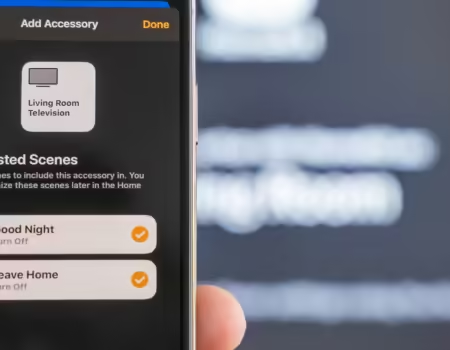Phishing Attacks: How They Work and Ways to Stay Safe
In the digital age, phishing attacks have become a common yet sophisticated threat to individuals and organizations alike. With hackers becoming more ingenious in their methods, understanding the dynamics of phishing scams is crucial for ensuring cyber safety. This comprehensive guide explores the intricacies of phishing attacks, how they operate, and effective strategies to safeguard against these digital predators.
Understanding Phishing Attacks
Phishing is a cybercrime in which individuals are contacted by email, telephone, or text message by someone posing as a legitimate institution to lure individuals into providing sensitive data such as personally identifiable information, banking and credit card details, and passwords. The information is then used to access important accounts and can result in identity theft and financial loss.
How Phishing Works
At its core, phishing exploits the trust of individuals by mimicking the identity of reputable organizations. Via emails or messages that mimic the style, tone, and branding of these organizations, phishers create a sense of urgency or fear, prompting the recipient to act hastily. Links within these messages redirect to fake websites—a mirror image of legitimate ones—where unsuspecting victims enter their personal information. For updated tactics and examples, visiting cyber security news platforms such as Krebs on Security(https://krebsonsecurity.com/) or The Hacker News(https://thehackernews.com/) can provide current insights and warnings.
The Different Types of Phishing Attacks
- Email Phishing: The most common form, where mass emails are sent to impersonate a legitimate organization.
- Spear Phishing: Targeted attacks aimed at specific individuals or companies, often using personal information for credibility.
- Whaling: A form of spear phishing targeting high-profile executives or personnel.
- Smishing and Vishing: Phishing conducted via SMS (smishing) and voice calls (vishing).
- Pharming: Redirecting users from legitimate websites to fraudulent ones without their knowledge.
For a deeper dive into these types, resources such as the Anti-Phishing Working Group (https://apwg.org/) provide extensive research and data.
Recognizing Phishing Attempts
Phishing messages often have telltale signs that can alert an astute observer to their fraudulence. These include spelling and grammar errors, generic greetings such as "Dear Customer," mismatched URLs (hover over links to preview their actual destination), and unsolicited attachments. Training materials and simulations offered by platforms like KnowBe4 (https://www.knowbe4.com/) can dramatically improve one’s ability to recognize these signs.
Staying Safe from Phishing Attacks
Protection against phishing requires a combination of advanced security measures and personal vigilance. Here are some key strategies:
Use Advanced Security Software
Invest in comprehensive internet security software that includes phishing detection. Products such as Bitdefender (https://www.bitdefender.com/) or Norton (https://www.norton.com/) offer robust protection against various cyber threats, including phishing.
Regularly Update Your Systems
Cybercriminals exploit vulnerabilities in software to carry out phishing attacks. Regularly updating your systems and applications can close these security gaps.
Educate Yourself and Others
Awareness is your first line of defense. Participate in cybersecurity training sessions and stay informed about the latest phishing techniques and trends. Websites like Cybrary (https://www.cybrary.it/) offer free courses that can enhance your knowledge.
Exercise Caution with Emails and Messages
Treat emails and messages from unknown senders with skepticism. Verify the sender’s details and avoid clicking on links or downloading attachments from suspicious emails.
Utilize Multi-Factor Authentication (MFA)
MFA adds an extra layer of security by requiring two or more verification methods to access accounts, making it harder for phishers to gain unauthorized access.
Regular Backups
Regularly back up sensitive data to an external drive or cloud service. In the event of a phishing attack, you’ll have a secure copy of your data, minimizing potential losses.
The Future of Phishing and Cybersecurity
As technology evolves, so too do the tactics of cybercriminals. The future of phishing might see more personalized and sophisticated attacks, leveraging artificial intelligence and machine learning to bypass security measures. Staying informed and prepared will be more critical than ever.
Conclusion
Phishing attacks represent a significant threat in the digital world, leveraging deception to exploit individuals and organizations. Understanding their workings, recognizing their signs, and employing effective protective measures are paramount in staying safe. By fostering a culture of cyber vigilance and continually updating our knowledge and tools, we can fortify our defenses against these insidious threats.
Protecting against phishing is not just the responsibility of individuals; organizations must also adopt a proactive cybersecurity posture to shield their assets and their people. In this ongoing digital warfare, knowledge, vigilance, and advanced security solutions are our best allies.
Discover more from Akiatech Solutions Blog
Subscribe to get the latest posts sent to your email.









